|
I have been teaching kombucha brewing workshops since 2012 wanted to share answers to some of the most common questions I receive: Safety Is kombucha safe to make at home? Just like making anything you put in your mouth, kombucha should be made with safety and care. I cannot guarantee the safety of your home brewed kombucha, but it is actually safer than fermenting or preserving many other foods at home due to its very low pH level. The acidity of kombucha makes it difficult for any unfriendly organisms to survive in it. The major warning I give to my workshop attendees is if there is mold growing on your brew, throw it out buddy. How much kombucha should I drink? Everyone is different! Start with one cup and see how your body feels. Most people don’t have very many fermented foods in their diets, so if this is your only one then go slow work your way up. If you feel heavy, bloated or burp a lot after you drink kombucha then you may be drinking it too fast or too much. What container should I brew my kombucha in? Glass is the best! Kombucha is very acidic and can leach the material of the container into your brew (yuck!). This is why plastic and metal are no gos for brewing (and storing) kombucha. If you want to use a food grade ceramic contain just make sure the glaze is safe for fermentation. What are those brown gloopy things in my kombucha? They are just yeast strands and are an indicator that awesome fermentation is going on. With that said too much yeast won’t make a tasty brew. Too much yeast could happen because: -The brewing temperature is too high. -You are using a different kind of sugar (cane sugar is recommended!) -Using very yeasty starter liquid from the bottom of the batch. I suggest saving some from the top or stirring your kombucha before you bottle. Not a fan of yeast? Strain it out! Use a clean fine mesh strainer to filter out those gloopies in your bottle process. Do I have to use sugar to feed my SCOBY? Yes! Don't worry all that sugar isn't all for you, it's food for your SCOBY. What kind of sugar should I use for brewing kombucha? Organic cane sugar! It is tempting to want to use brown sugar, turbinado or coconut sugar for a “healthier brew,” but these sugars are too challenging for the SCOBY to break down. I have also found that the super mineral rich sugars (like coconut sugar) make my batches too yeasty and have an off flavor. What kind of tea should I use for my kombucha? I have found that black tea is the best! You can use any of the “true teas” that are from the camellia sinensis plant: black tea, green tea, oolong, white tea, etc. The tea provides micronutrients for your SCOBY. Save the flavors for your secondary fermentation. Flavored tea like “peach black tea” can mess with the health of your SCOBY. Any herbal teas like chamomile, lavender and rose, I also save for my secondary fermentation. Have more kombucha questions? Leave a comment on this blog and I will answer them in my next kombucha basics blog post!
2 Comments
|
Archives
June 2020
Categories
All
|
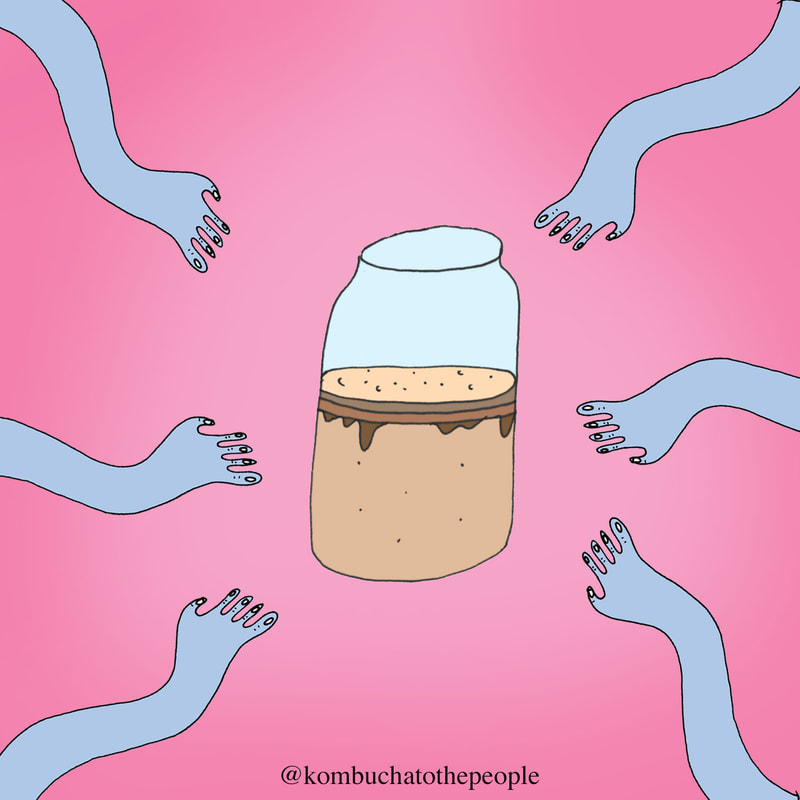
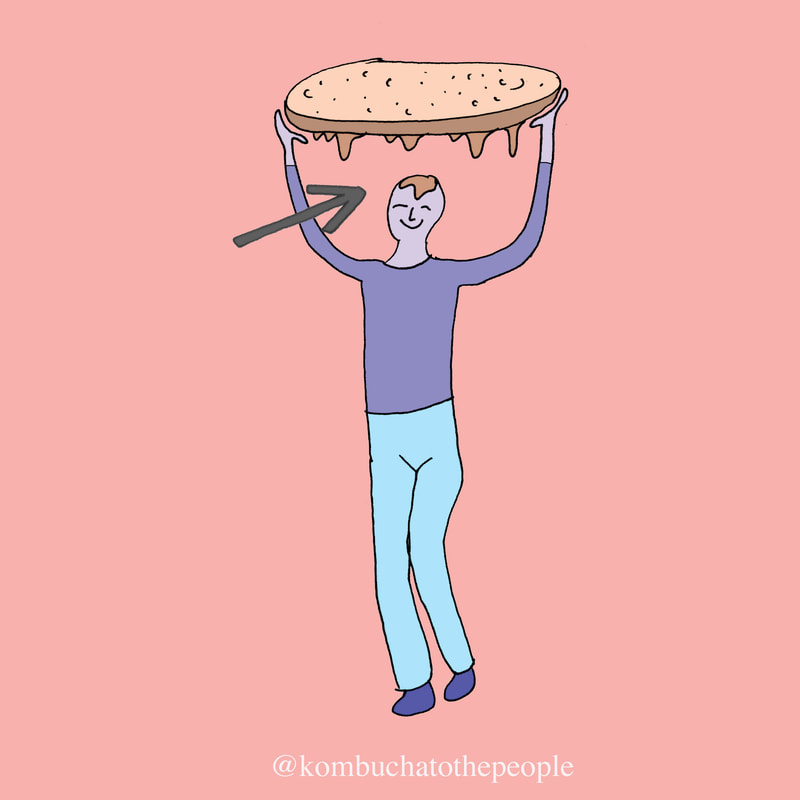
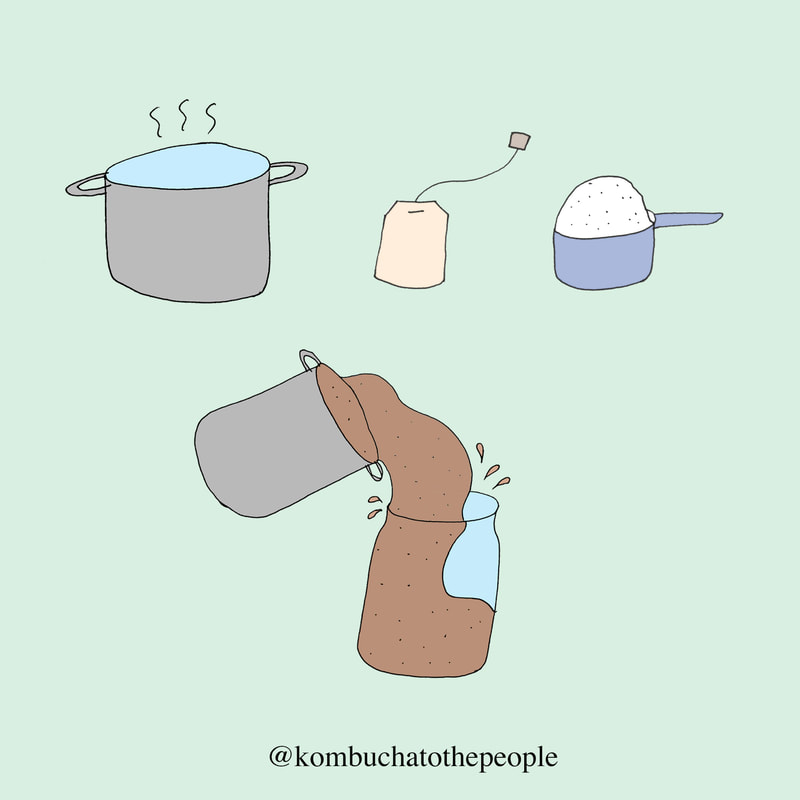
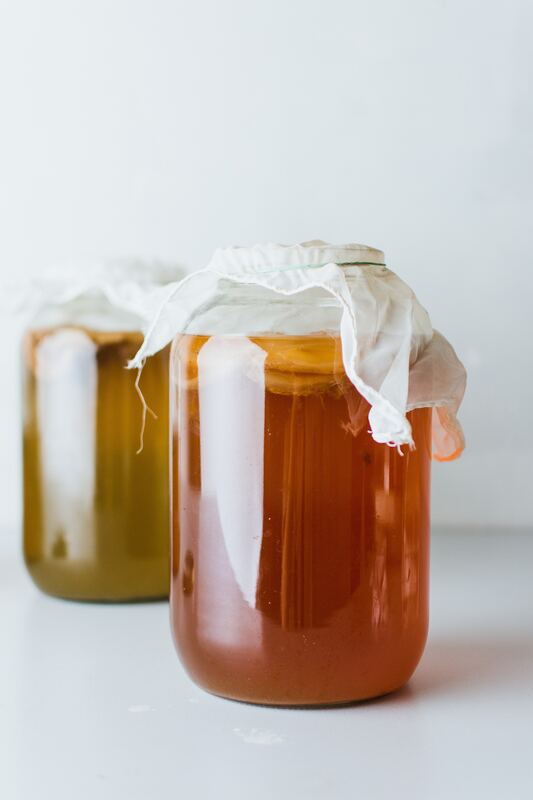
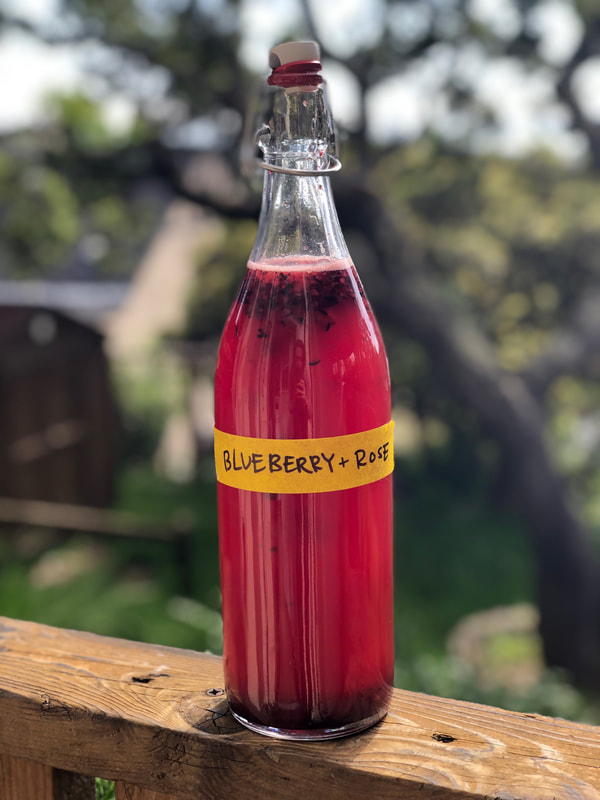
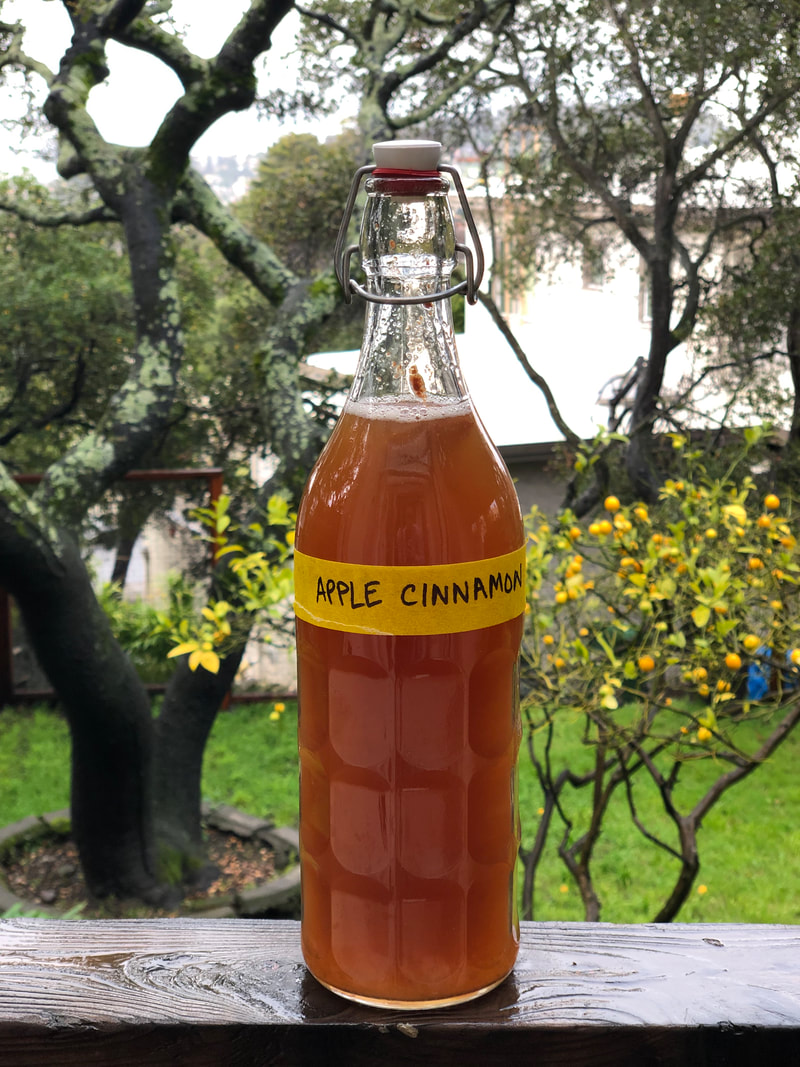

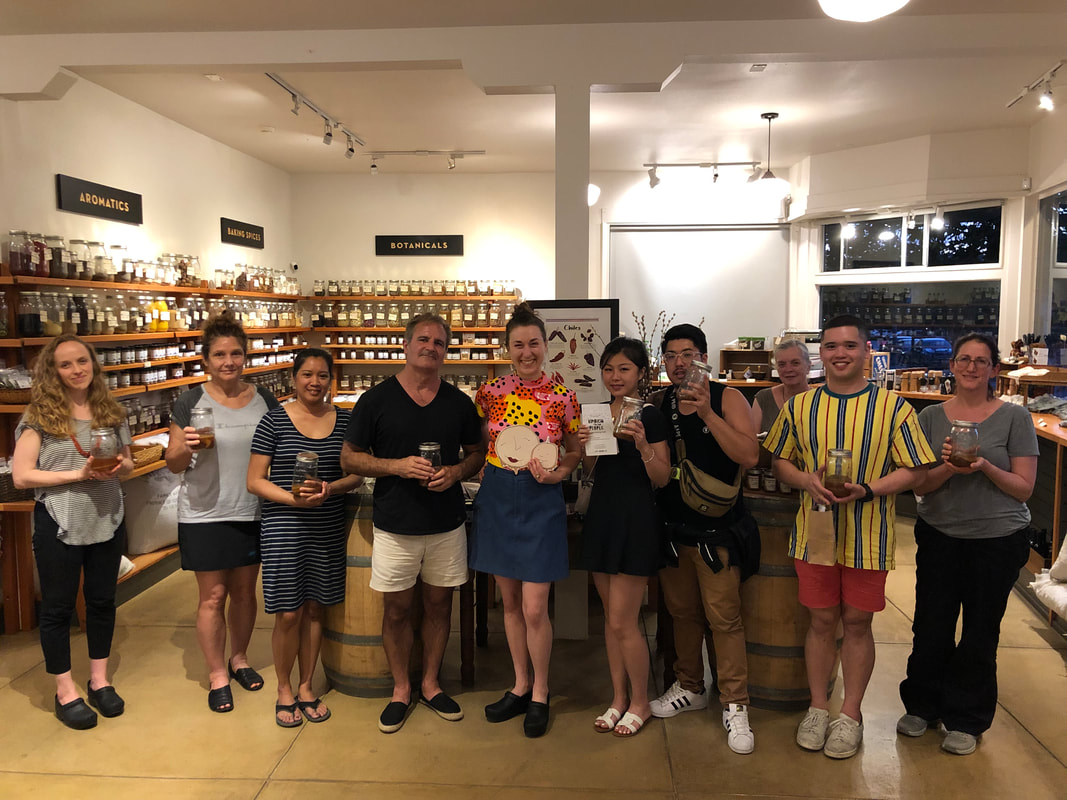
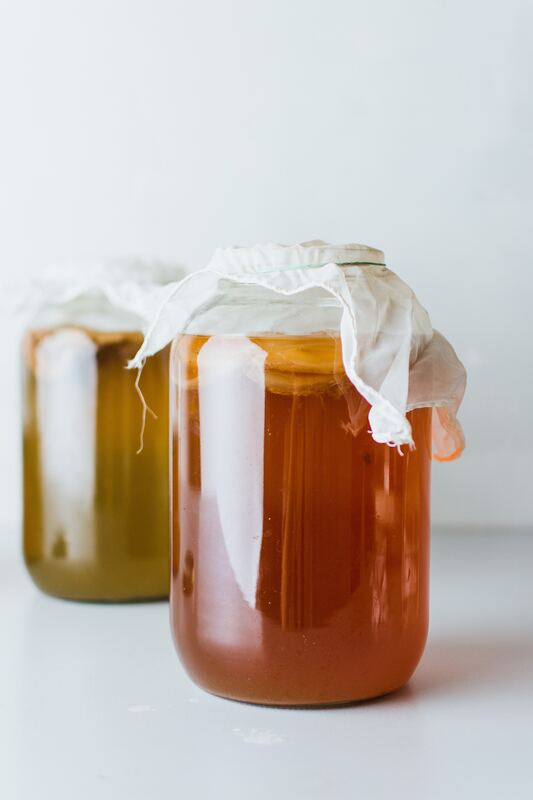
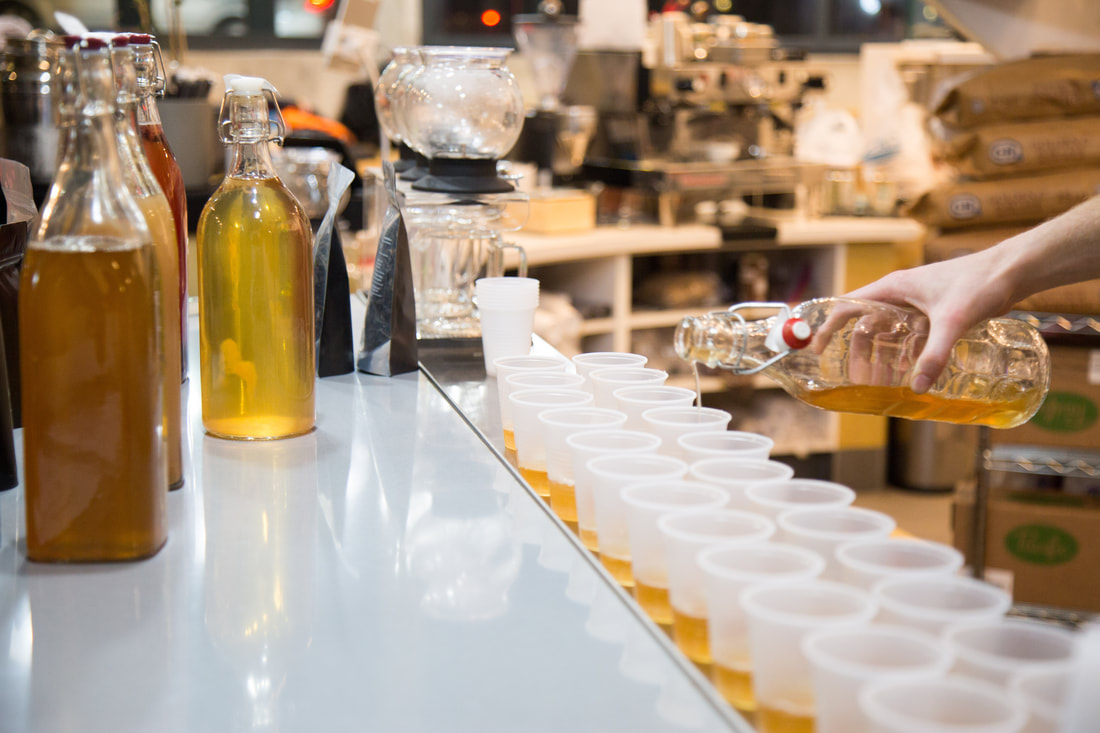
 RSS Feed
RSS Feed